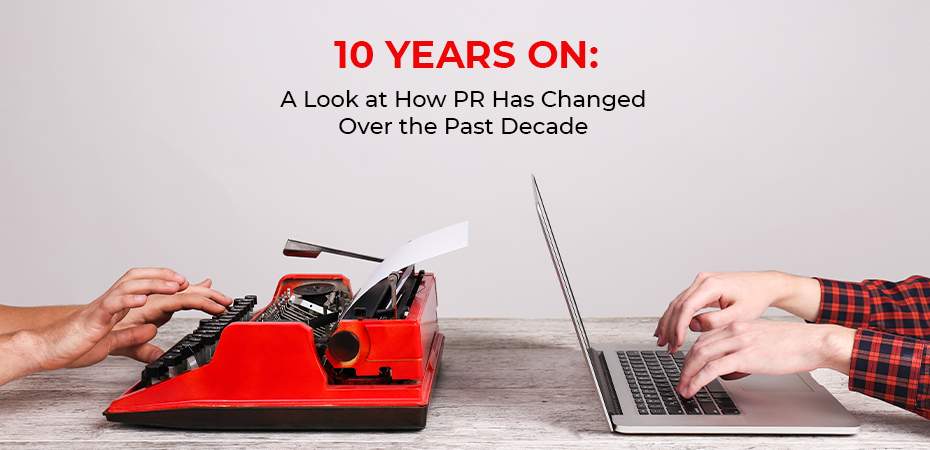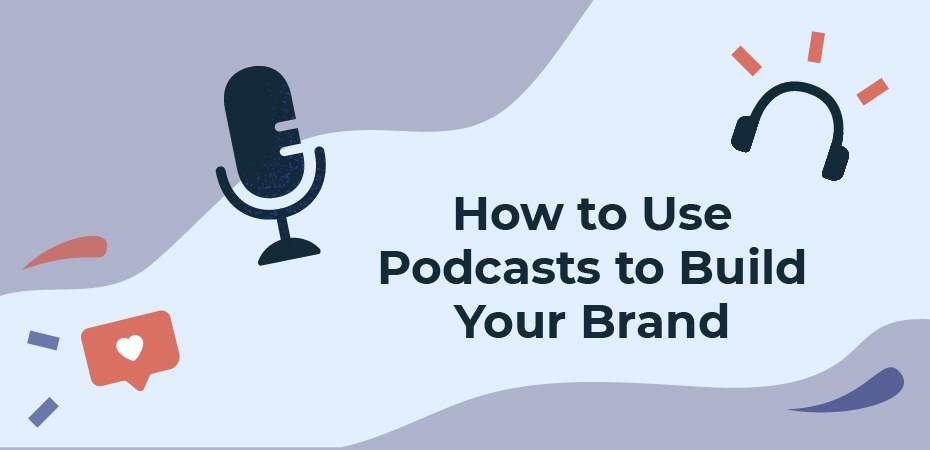November 16, 2022
| Article | Advertising,
Content,
Search Engine Optimization,
Social Media,
Technology
B2B Leads: Where Can You Find Them?
It's the holiday season, which means you’re bound to find news articles, blogs, and plenty of research about consumer purchasing trends and predictions. But, what about the businesses outside of the B2C realm - B2B and B2G - that make up a huge piece of the economy? The companies in this space don’t run holiday promotions or have hundreds of thousands of followers on Instagram but still need to drive sales. Luckily, there is a complex marketing ecosystem to do so.
In addition to our B2C marketing and communications experience, REQ has the benefit of partnering with some of the world’s largest B2B and B2G companies in the world. And, as a professional services agency, we categorize ourselves as B2B, so we can confidently say we have experience generating qualified B2B leads.
So, where and how do our clients, and our own business, grow?
Website & Case Studies
Your website is your first impression with a prospect. The B2B buying journey isn’t sequential, but a visit to a potential partner or vendor’s website is a consistent piece. For service providers, it’s much more likely a buyer is going to visit your website to conduct due diligence instead of blindly throwing money at you.
Although your standard “About Us” information - what you do, where you’re located, how to get in touch - is critical, we’ve found what really drives leads are the secondary pages of thoughtfully-crafted content. Just as an apparel brand has a built-in feed showing influencers wearing the latest running shoe, in a B2B setting, you need to show your products/services in action too.
In other words: case studies. Some studies show B2B buyers consume an average of 13 content pieces before selecting a vendor or partner and case studies are a major aspect of any B2B marketing strategy.
Have you had success working with emerging fintech companies and want to add more lookalikes to your client roster? A case study is the best way to show that you understand the goals and challenges of companies in this category. Even better, you can demonstrate how you have helped a similar company solve similar problems.
Of course, there are many more considerations to keep in mind, such as making sure the site is search engine optimized for your priority keywords, developing valuable content like whitepapers, implementing the right tools and integrations to capture prospects’ information, and more. A website is not one-size-fits-all; content and design need to be thoughtful and deliberate, so make sure to conduct audience and competitor research to ensure you’re building for the right people and differentiating.
Reviews
At REQ, we consider search engine optimization to be earned media, and much broader than just ranking on the first page of Google. As the search landscape continually gets more competitive and refined, the entry point to your website is less frequently accessed directly from search engines.
We would love to rank for “Best B2B marketing agencies” 100% of the time, but that is simply unrealistic with Google’s complex and personalized search algorithm, even if the statement is true. In fact, no agencies are currently listed organically on page one for this query. Rather, you’ll see review sites and listicles. Research shows that 84% of people trust online reviews as much as they trust their friends, and this continues to spill over into B2B buying. These professional review sites must become part of your B2B marketing mix.
We have had tremendous success with platforms such as Clutch.co, The Manifest, DesignRush, and UpCity, where we have verified client reviews conducted by a third party sharing what it’s like to work with us. Many of these review platforms can be curated with case studies, featured clients, and more, serving as an extension of your own website to put your best foot forward. Many also have content contribution opportunities to build your executives’ thought leadership profiles.
In 2022, about 25% of REQ’s non-direct website traffic came from referral sites. We’re not the only ones who have realized their value, either. Gartner just acquired UpCity to add to their portfolio of B2B marketplaces including Capterra, GetApp, and Software Advice. There are tons of other review sites out there, like G2, GoodFirms, Serchen, and TrustRadius, so do your research based on your industry and audiences. Don’t be afraid to check where your competitors are!
Organic Social Media
Organic social media is much easier said than done, and it can be a substantial investment of time and resources to do it right. The answer to “How active should my business be on social?” has a frustrating answer: “It depends.” To find out, think about a few things:
- Is my target audience active on social media? What platforms do they frequent the most?
- What is my company’s voice and tone? If you’re selling software to the government or Fortune 100 companies, replicating Wendy’s Twitter presence might not be for you.
- Do I have the internal or external resources available to have consistent posting and monitoring?
It is important to not look at social media in the vacuum of leads and sales, however. Although Instagram may not be a lead driver, it may be a job application driver. Just as hiring managers review applicants’ profiles, applicants are checking companies’ profiles.
The B2B social media conversation raises another common point of contention: TikTok. There are pros and cons, and to an extent, it’s a nascent platform despite its massive adoption and successful business model. Therefore, it really depends on your business as to whether TikTok has a place in your marketing strategy. There’s no debating TikTok’s power as an awareness driver and short-form video format has higher engagement, but security concerns critical in B2B - and especially B2G - decision making may eliminate the possibility altogether. User demographics, although the app is attracting older users, skew younger, a group that is not typically making business decisions.
TikTok is only considered the fourth most effective social media platform by surveyed marketers, behind Facebook, Instagram, and YouTube and ahead of Twitter and Pinterest. Ultimately, if your audiences are there and receptive to your messaging outside of work, make sure your content is valuable, interesting, and, most importantly, authentic. Don’t forget that emotion is part of the purchase process, even in B2B!
If your business is not active on social media, we still recommend taking the proactive step of claiming your profiles to help secure your online reputation, especially with an uptick in Twitter impersonation.
Paid Social Media
Advertising on social media is a great way to blast out the great content and creative on your website, review sites, and social media profiles. It can sound like a broken record, but paid media planning begins with audience research. Similar to organic, it is important to know where your customers live online and build out your profiles, budget, and associated creative assets accordingly.
Social media platforms have also adapted their advertising capabilities to match B2B marketers’ needs. We’ve seen success with LinkedIn’s built-in lead gen forms with clear calls-to-action, information auto-filling, and campaign tracking that integrates with the CRM or marketing automation platform of your choice.
There’s Much More in the Marketing Mix
Every business is different with unique audiences and goals. There is much more that can be done to drive leads: other traditional and digital marketing tactics, email marketing, events, awards, sponsorships, content contribution, and good old-fashioned networking. Before making any decisions, sit down with your internal team and agency partners, establish your goals, candidly discuss the challenges you anticipate and currently face, build out your strategy, begin executing, and be ready to change directions as you go.

